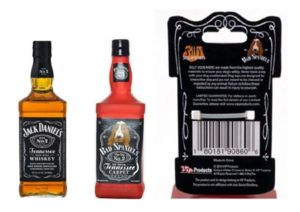What if Paris Hilton were to rave to her followers about how much she likes her McDonald’s salad, or Roger Federer tweets photos of Coppertone lotion to his followers, or Khaby Lame shows up on TikTok in a Puma logo shirt. Any problem here? Any special requirements? On June 29, 2023, the Federal Trade Commission (“FTC”) delivered an updated version of its Guides Concerning Use of Endorsements and Testimonials in Advertising (the “Endorsement Guides”), which are administrative interpretations concerning application of section 5 of the FTC Act. The Guides are not law; they are advisory and intended to give guidance to businesses and others to ensure that advertising using reviews or endorsements is truthful, but they are the FTC’s litigating positions, and an advertiser violates them at its own risk. The updated Endorsement Guides are available here (starting at page 44 of 84).
The FTC also issued an updated version of its guidance document, titled FTC’s Endorsement Guides: What People are Asking, that answers frequently asked questions about the Endorsement Guides (the “FAQs”), including when and how to disclose material connections between an advertiser and an endorser; the FAQs are available here.

